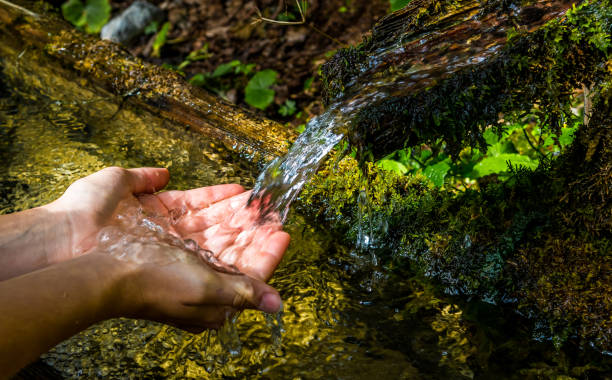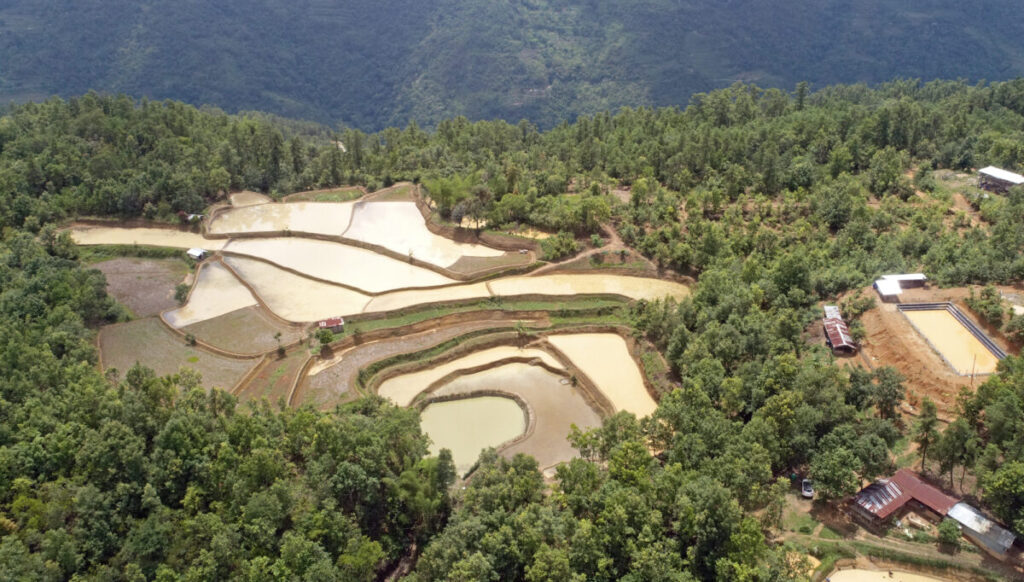
India’s hilly regions, with their rugged terrain and varied climate, present unique challenges for water storage and management. These challenges are compounded by the geographical and climatic conditions that affect the availability, distribution, and quality of water. Addressing these issues effectively is crucial for ensuring a reliable water supply for communities living in these areas. Here’s an exploration of the primary challenges and practical solutions for water storage in India’s hilly regions.
Challenges in Water Storage
Geographical Constraints The uneven and steep terrain of hilly regions makes the construction of traditional water storage facilities, such as reservoirs and large tanks, difficult and costly. The lack of flat land also limits the potential sites for constructing such infrastructure.
Erosion and Runoff Heavy rainfall, common in many hilly areas, leads to increased soil erosion and runoff. This not only causes the loss of fertile topsoil but also results in the rapid depletion of water sources. The sediment carried by runoff can clog and damage water storage systems.
Limited Infrastructure Many hilly regions lack adequate infrastructure for water storage and distribution. Existing systems may be outdated or poorly maintained, leading to inefficiencies and water losses. Additionally, remote areas often face challenges in accessing modern water storage technologies.
Seasonal Variability Water availability in hilly regions can be highly variable due to seasonal changes. During the monsoon season, there may be an excess of water, while the dry season can result in severe shortages. This variability makes it challenging to design systems that can efficiently store and manage water throughout the year.
Accessibility Issues The difficult terrain can hinder the transport and installation of water storage solutions. Bringing in materials and machinery to remote and elevated locations often requires significant effort and resources.

Effective Solutions
Rainwater Harvesting Rainwater harvesting is a practical solution for capturing and storing rainwater in hilly regions. Systems can be designed to collect rainwater from rooftops and surface runoff, directing it to storage tanks or underground reservoirs. This method reduces reliance on external water sources and helps manage water during dry periods.
Contour-Based Storage Utilizing the natural contours of the land to create terraced storage systems can be effective in hilly areas. Contour-based storage involves building small, tiered reservoirs or ponds that align with the natural slope of the land. This method reduces soil erosion and maximizes water retention.
Check Dams and Small Diversions Constructing check dams and small diversion structures across streams and rivers helps to slow down water flow, reduce soil erosion, and increase groundwater recharge. These structures can be built using locally available materials and adapted to suit specific terrain conditions.
Innovative Storage Technologies Employing modern, lightweight storage technologies such as modular tanks and collapsible reservoirs can address accessibility issues. These systems are easier to transport and install in remote locations. Additionally, they can be adapted to various terrains and requirements.
Reforestation and Watershed Management Implementing reforestation projects and effective watershed management practices can improve water retention and reduce soil erosion. Planting trees and restoring vegetation help stabilize the soil and enhance the natural water cycle, contributing to better water availability and quality.
Integrated Water Management An integrated approach that combines various water management strategies, including conservation, efficient use, and sustainable practices, can address the multifaceted challenges of water storage. Collaboration between government agencies, NGOs, and local communities is essential for implementing effective water management solutions.
Conclusion
The hilly regions of India face distinct challenges when it comes to water storage, from geographical constraints and erosion to seasonal variability and limited infrastructure. However, with innovative solutions such as rainwater harvesting, contour-based storage, and community involvement, these challenges can be effectively managed. By adopting a combination of traditional wisdom and modern technology, it is possible to develop sustainable and reliable water storage systems that enhance water availability and quality in these unique and vital regions.


